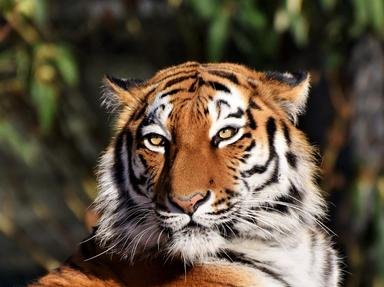Quiz Answer Key and Fun Facts
1. Before we can observe any ocelots in the wild, we should know where to look. Which continent would be our best choice for ocelot spotting?
2. If you live in America and do not want to travel too far, you can also find ocelots in the wild in the United States. Which US state has the largest ocelot population?
3. Now that we know where to look, we should also consider when to go ocelot-spotting. At what times would you have the best chances of seeing an active ocelot?
4. For a long time, up to 1996, the ocelot was classified as vulnerable, the least critical class of threatened animal. How has its conservation status changed in the early 21st century?
5. Due to its leopard-like appearance, the ocelot has an alternate name that includes "leopard". What is this alternate name?
6. The ocelot's binomial name is slightly misleading as it suggests a direct kinship with a different cat that actually does not exist. What is it called?
7. Which size (not measuring the tail) and weight would be most typical for an ocelot?
8. The closest relatives of the ocelot include other small spotted cats with a similar habitat range. Which of the following is NOT a direct relative of the ocelot?
9. What is a typical litter size for the ocelot?
10. Most cat lovers know that domestic cats and water don't mix. How is the ocelot's relationship with water?
Source: Author
WesleyCrusher
This quiz was reviewed by FunTrivia editor
rossian before going online.
Any errors found in FunTrivia content are routinely corrected through our feedback system.


